Exploring the Allora Network: A New Era for Decentralized AI and Machine Learning
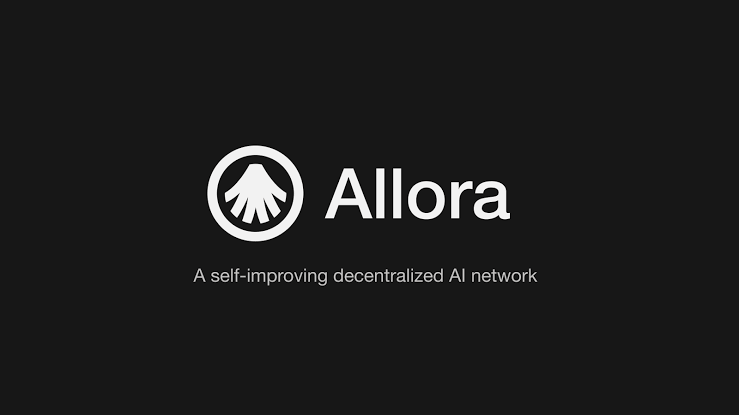
Imagine a world where artificial intelligence (AI) isn’t confined to corporate servers or monopolized by tech giants. Instead, picture a global, decentralized ecosystem where data scientists, developers, and users collaborate to build smarter, more accurate AI models that benefit everyone. This is the vision behind the Allora Network, a pioneering Layer 1 blockchain built on the Cosmos stack, designed to democratize AI and machine learning (ML) through a self-improving, context-aware protocol.
This article explores how Allora works, what sets it apart, and why it's gaining attention in the decentralized technology space.
What is the Allora Network?
The Allora Network is a decentralized protocol addressing a core limitation in AI: siloed machine intelligence. Traditional AI systems are often proprietary, fragmented, and accessible only to large organizations. Allora challenges this model by creating a collaborative AI platform where data, algorithms, and computing resources are shared to generate accurate, context-specific predictions.
Built on the Cosmos ecosystem, Allora benefits from its interoperability and scalability to support a decentralized AI infrastructure. It connects three main participants:
- Data providers who supply raw or refined datasets
- AI/ML models that generate predictions
- Consumers who use these AI insights for applications such as DeFi, energy optimization, and sentiment analysis
Allora aggregates predictions from multiple models, evaluates their accuracy, and continuously improves through a decentralized, incentivized feedback system. Think of it as a global brain where every contributor helps build and benefit from a growing pool of intelligence.
How the Allora Network Works
The Allora Network functions as a decentralized ecosystem with distinct components and roles.
1. Topics: Structuring AI Collaboration
AI tasks in Allora are grouped into “topics,” which act as sub-networks focused on specific problems. One topic may involve predicting cryptocurrency prices, while another could analyze social media sentiment or optimize energy usage. These topics create targeted, collaborative environments for building AI solutions.
2. Roles Within the Network
Allora relies on contributions from four main roles, each incentivized through the native ALLO token:
- Workers: Data scientists or AI agents who submit predictions using ML models. They earn rewards based on accuracy.
- Reputers: Participants who assess prediction accuracy by comparing them to real-world outcomes. They help ensure reliability.
- Validators: Node operators who secure the network and stake tokens. They can also support workers they believe will perform well.
- Consumers: Individuals, companies, or applications that access and use AI insights, paying in ALLO tokens.
3. Proof of Alpha: A Novel Consensus Mechanism
Unlike traditional consensus models like Proof of Work or Proof of Stake, Allora introduces Proof of Alpha. This system rewards participants based on the quality and value of their AI contributions.
Here’s how it works:
- Topic coordinators assign tasks within a topic, such as forecasting Ethereum’s price.
- Workers submit their predictions.
- Reputers evaluate those predictions against real outcomes and score them.
- The network aggregates the results, weighting better-performing models more heavily.
This creates a continuous feedback loop. High-performing models gain visibility and more rewards, while underperforming ones are encouraged to improve. The system evolves to produce increasingly accurate outputs over time.
4. Privacy and Security
Allora prioritizes user privacy and security by using advanced technologies:
- Zero-Knowledge Machine Learning (zkML): Allows verification of computations without revealing sensitive data
- Federated Learning: Enables decentralized model training without transferring raw data
- Localized Processing: Keeps data near its source, reducing exposure to central points of failure
Why the Allora Network Matters
The Allora Network represents more than technical progress. It changes how AI can be built and deployed.
1. Making AI Accessible
By decentralizing AI development, Allora gives independent developers, startups, and smaller organizations access to opportunities previously dominated by large tech firms.
2. Improving Accuracy Through Collaboration
Allora’s aggregation of multiple models functions like ensemble learning in traditional ML, but at a network level. This collaboration increases prediction accuracy beyond what individual models can achieve alone.
3. Real-World Applications
Allora has outlined over 30 use cases across various sectors, including:
- DeFi: Secure price oracles, trading bots, lending algorithms
- Energy: Predictive maintenance and real-time grid optimization
- Marketing: Sentiment analysis and personalized recommendations
- Healthcare: Privacy-respecting diagnostics and data-driven research
In DeFi, for instance, Allora can provide more trustworthy real-time market data and support smart contract automation.
4. Incentives That Align Participation
The ALLO token aligns economic incentives for all participants. Workers and reputers are rewarded for quality contributions, validators earn staking rewards, and consumers access high-quality AI insights. This transparent structure promotes trust and encourages active involvement.
Current Status and What’s Ahead
As of August 2025, Allora is in its testnet phase, with the mainnet launch expected soon. The project was developed by Allora Labs (formerly Upshot, known for NFT appraisals) and has raised $35 million from investors such as Polychain, Framework, and Blockchain Capital.
To engage its community, Allora is running a points campaign via Galxe Compass. Participants can earn points by running nodes, contributing models, or creating new topics. These points may be redeemable for ALLO tokens in a future airdrop.
The project is open source, with tools like command-line interfaces, wallet configurations, and blockchain explorers (e.g., Nodes.Guru) available for developers. This openness fosters innovation and experimentation within the ecosystem.
Challenges to Consider
While promising, Allora will need to address several challenges:
- Scalability: Managing compute loads and inference speed as usage increases
- Developer Adoption: Attracting traditional AI/ML developers will require strong incentives and intuitive tools
- Regulatory Uncertainty: Especially in sectors like healthcare and finance, compliance and data privacy will remain key concerns
That said, Allora’s privacy-first architecture and incentive-driven participation model provide a strong foundation to tackle these hurdles.
How to Get Involved
If you’re interested in contributing or experimenting with Allora, here are some starting points:
- Join the testnet to earn points by creating topics or submitting predictions
- Run a validator or contribute AI models
- Engage with the community via Discord, X (Twitter), or Medium
- Visit allora.network and explore the documentation and GitHub repos
- Monitor for announcements regarding the mainnet launch or token airdrops
Conclusion: A Smarter, More Inclusive AI Future
The Allora Network is redefining how AI is built, shared, and used. By creating a decentralized, collaborative, and self-improving ecosystem, it opens the door for AI to become more inclusive and effective across industries.
With its Proof of Alpha consensus, focus on privacy, and strong community incentives, Allora has the potential to become a foundational infrastructure for decentralized intelligence. Whether you’re a developer, researcher, business, or enthusiast, this is a project worth watching—and participating in.
References
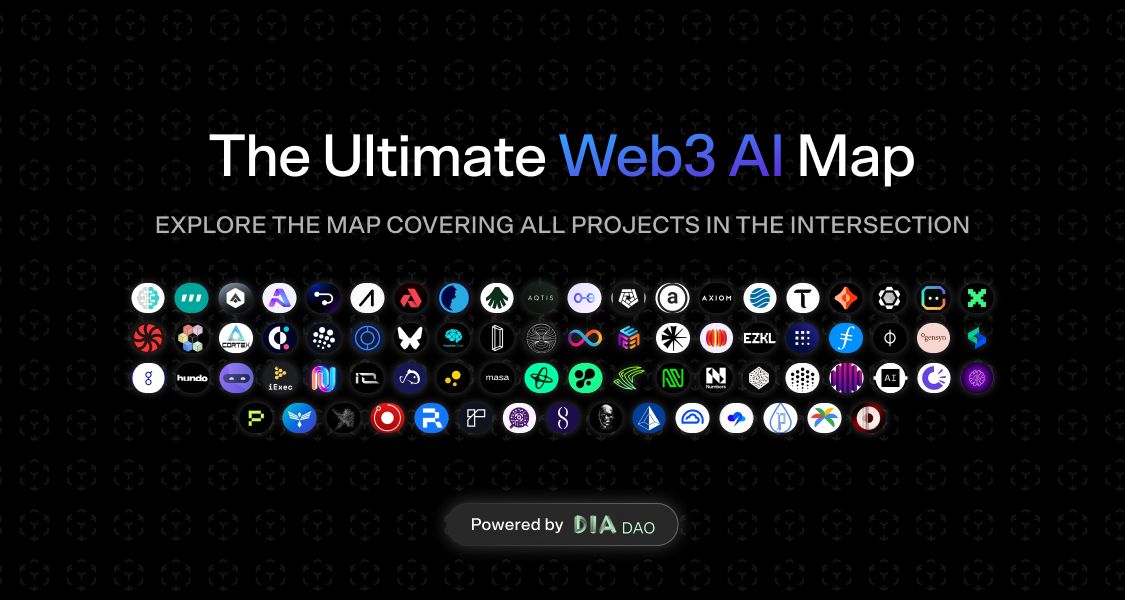

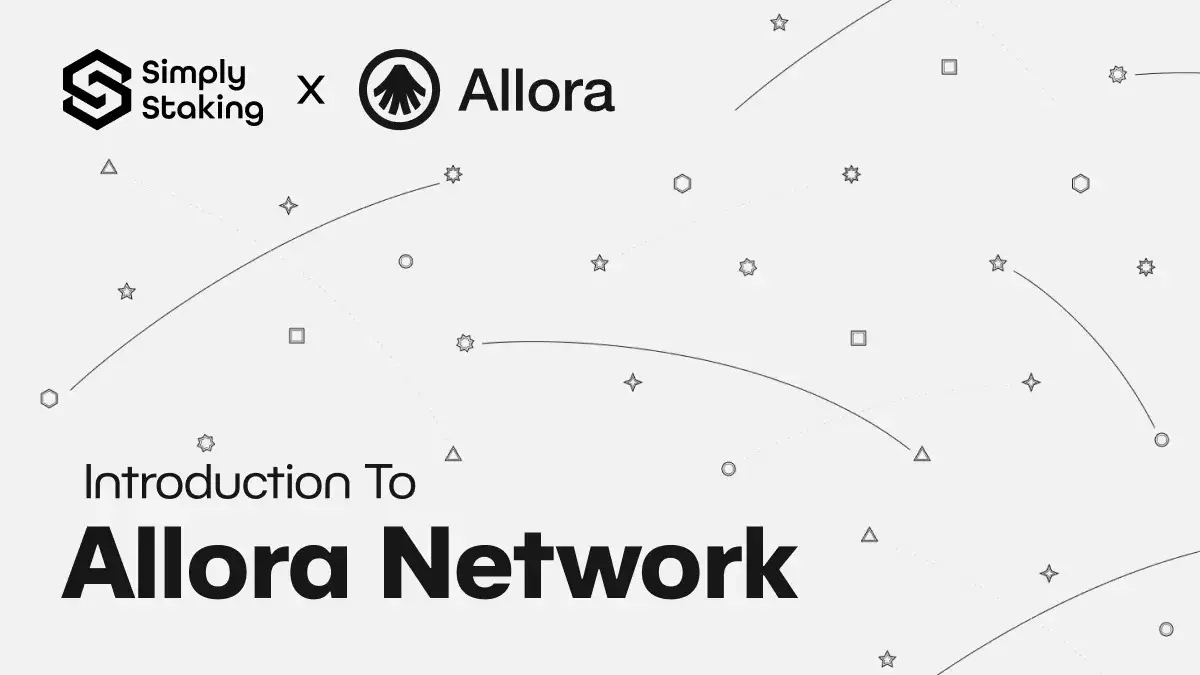






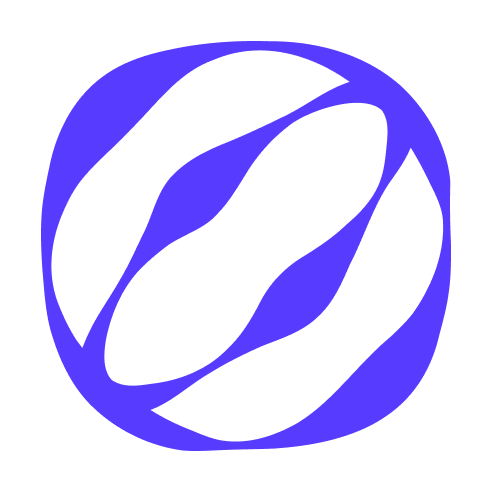

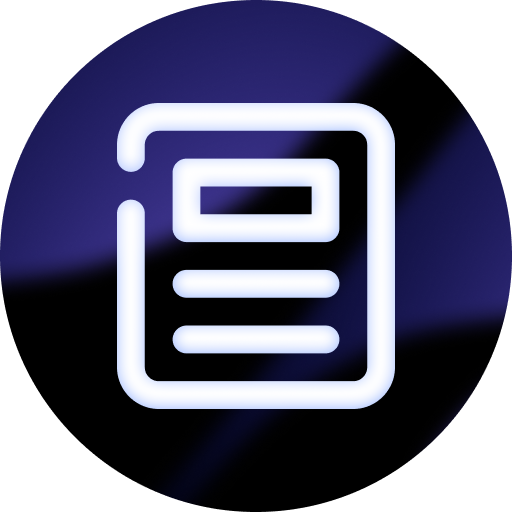
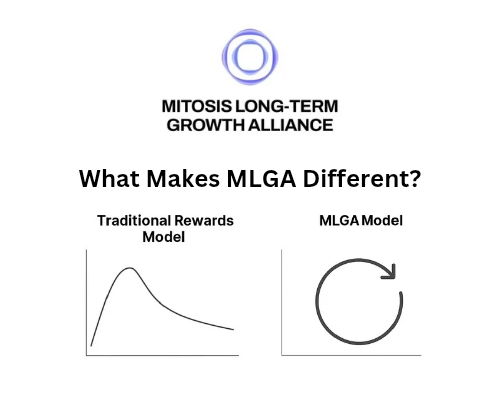
Comments ()